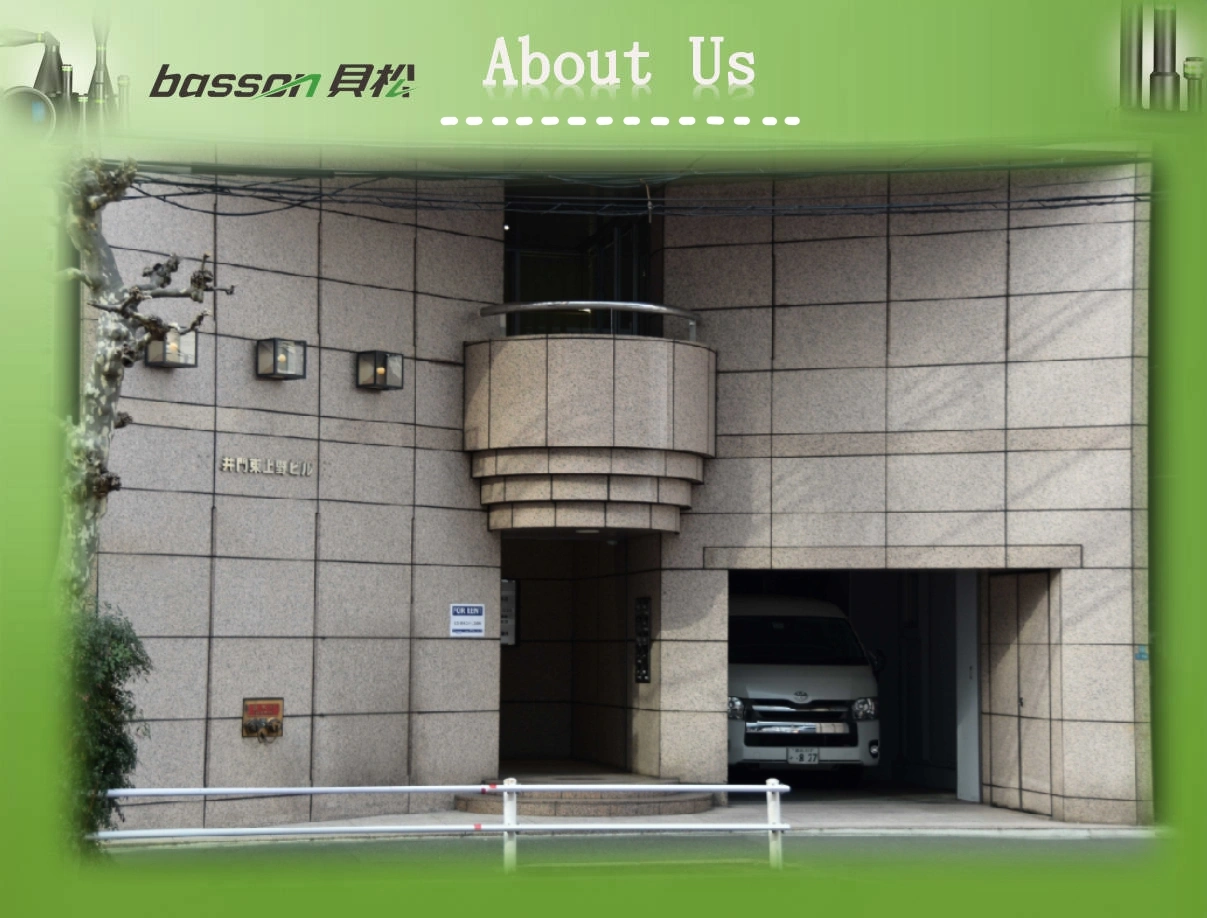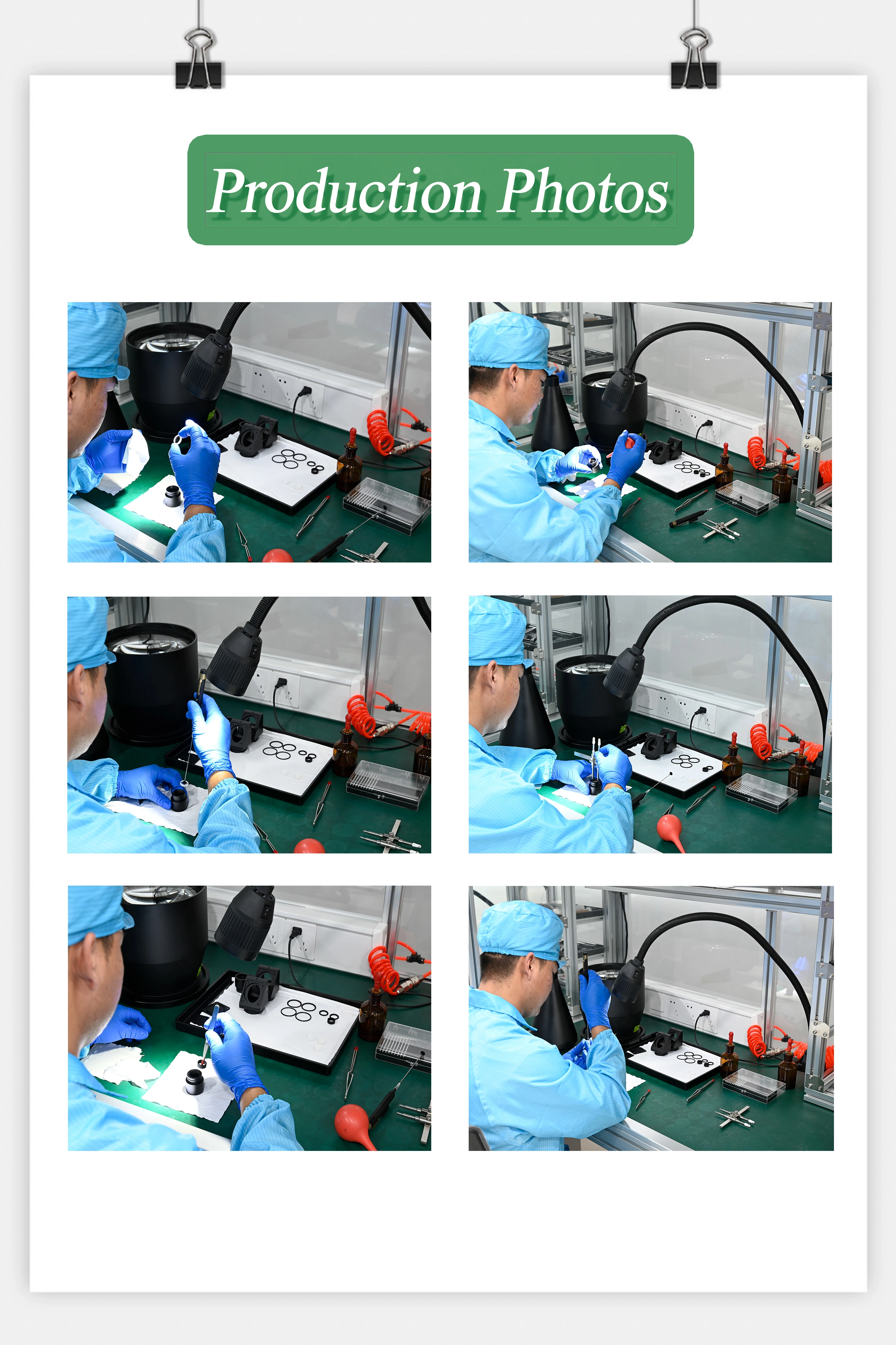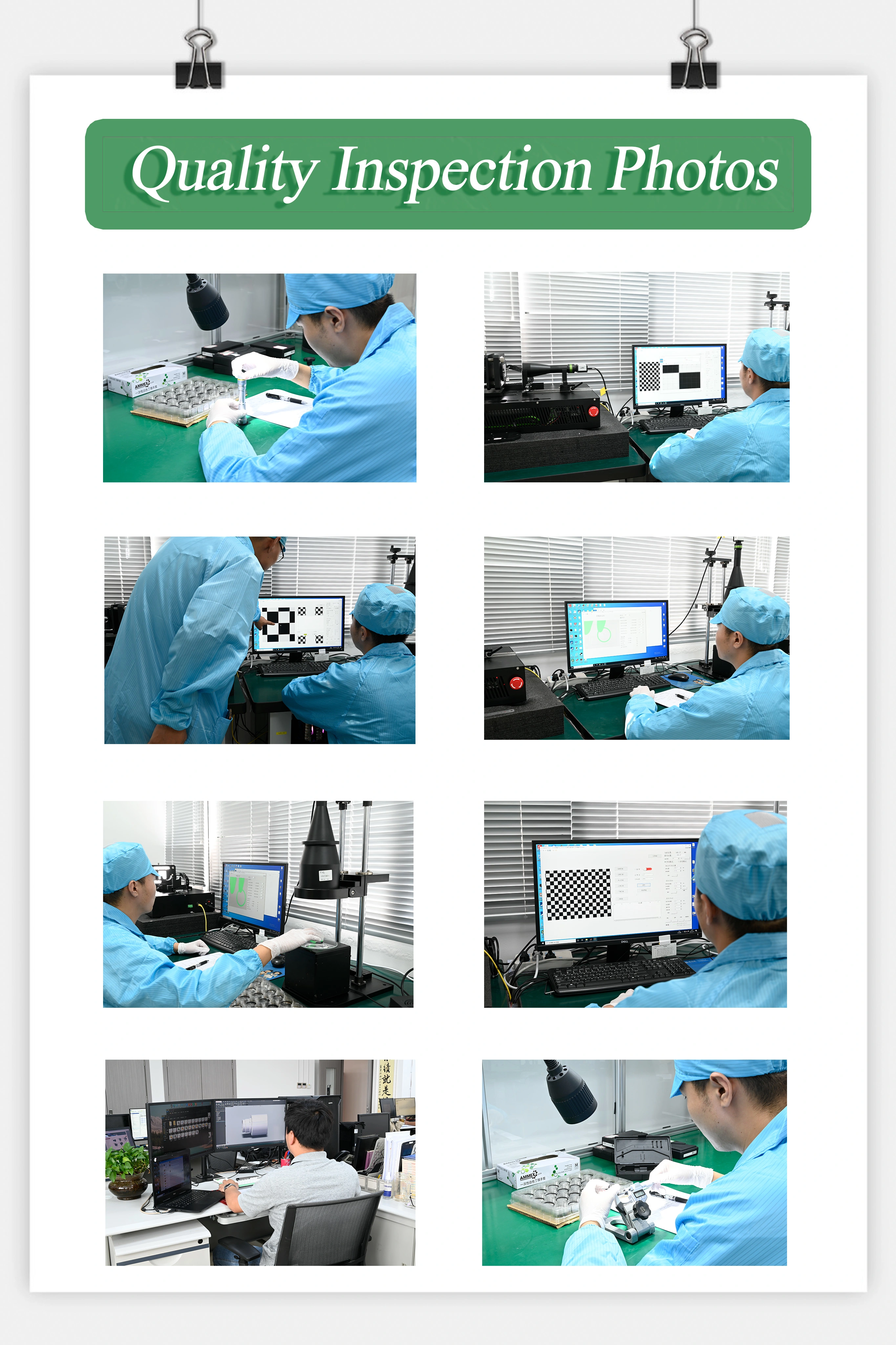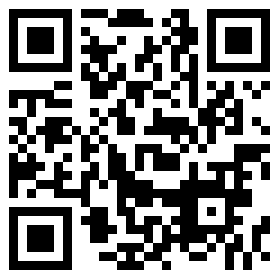Understanding Telecentric Light Sources: Principles and Applications
Telecentric light sources are pivotal components in various optical systems, providing unique advantages in imaging and measurement applications. Telecentric light sources are sophisticated optical systems designed to achieve precise and distortion-free imaging and measurement. At the core of their functionality lies the principle of telecentricity, a defining characteristic that sets them apart from conventional optical setups.
Telecentricity refers to the property where light rays entering the optical system are parallel to the system's optical axis. In telecentric illumination, this parallelism extends to the imaging plane, where the light rays are perpendicular. This unique configuration ensures that regardless of the object's position within the field of view, all points receive illumination under the same angle. This uniform lighting characteristic is crucial for eliminating perspective errors that commonly arise in non-telecentric systems.
The elimination of perspective error is particularly significant in metrology and inspection tasks, where precise measurements are paramount. Traditional imaging systems can introduce errors due to varying angles of incidence, leading to inaccuracies in measurements of object dimensions and features. Telecentric light sources mitigate these errors by ensuring that the magnification remains constant across the entire field of view, regardless of the object's position. This consistency is achieved by the optical design that directs all light rays parallel to the optical axis and perpendicular to the imaging plane.
To achieve telecentric illumination, specific optical components are employed. These typically include collimators, beam expanders, and specially designed lenses. Collimators ensure that light rays entering the system are parallel, while beam expanders adjust the beam diameter to match the optics' requirements. The lenses are crucial in maintaining telecentricity by refracting the light to focus precisely at the imaging plane while keeping the rays parallel.
The benefits of telecentric illumination extend beyond accurate measurements. By minimizing perspective distortion, telecentric systems simplify the analysis of object features. Engineers and researchers can rely on consistent and reliable imaging results, facilitating detailed inspection, quality control, and metrology in various industries.
In practical terms, telecentric light sources find application in diverse fields such as industrial automation, semiconductor manufacturing, biomedical imaging, and precision engineering. In manufacturing, for instance, telecentric systems ensure that measurements of parts and components are precise and consistent, contributing to higher product quality and reduced defects. In biomedical research, telecentric lenses provide clear and undistorted images necessary for detailed analysis of biological samples.
The evolution of telecentric technology continues to drive advancements in optical design and imaging capabilities. Future innovations may focus on enhancing resolution, integrating with advanced imaging sensors, or expanding applications into new fields requiring high-precision measurements and imaging.
In conclusion, telecentric light sources represent a pinnacle in optical engineering, leveraging the principle of telecentricity to achieve unparalleled accuracy and reliability in imaging and measurement tasks. Their ability to eliminate perspective errors and ensure uniform illumination across the field of view makes them indispensable tools in modern scientific and industrial applications, where precision and consistency are paramount.
Telecentric light sources represent a critical advancement in optical technology, offering applications that span a wide range of industries requiring precision imaging and accurate metrology. These applications leverage the unique characteristics of telecentric illumination to achieve consistent and reliable results in various fields.
In the realm of industrial automation and quality control, telecentric light sources are indispensable tools. Machine vision systems equipped with telecentric lenses can accurately measure objects regardless of their position within the field of view. This capability is crucial for tasks such as defect detection, dimensional measurement, and ensuring uniformity in product quality. Telecentric illumination eliminates perspective errors that can occur in non-telecentric systems, where varying angles of incidence can distort measurements. By ensuring that light rays are parallel to the optical axis and perpendicular to the imaging plane, telecentric systems maintain consistent magnification across the entire field of view. This uniformity enables precise analysis of object features, facilitating automated inspection processes in manufacturing environments. Industries ranging from automotive to electronics rely on telecentric light sources to streamline production processes, reduce defects, and maintain high standards of quality assurance.
Telecentric illumination plays a crucial role in microscopy and biomedical imaging applications where clarity and accuracy are paramount. Traditional microscopy techniques often suffer from perspective distortions, which can compromise the accuracy of measurements and the fidelity of images. In contrast, telecentric lenses provide distortion-free imaging by ensuring that all points on the specimen receive illumination under the same angle. This characteristic is particularly beneficial for detailed analysis of biological samples, where precise measurement of structures and features is essential for research and diagnosis. Biomedical researchers rely on telecentric microscopy to study intricate details within cells, tissues, and organisms without the distortion that could obscure critical information. By enhancing image clarity and maintaining consistent magnification, telecentric light sources enable researchers to make accurate observations and derive meaningful insights into biological processes.
In dimensional metrology and 3D imaging applications, telecentric light sources offer unparalleled accuracy and depth perception. Metrology, the science of measurement, demands precise dimensional analysis across various industries including automotive, aerospace, and electronics manufacturing. Telecentric systems excel in this area by ensuring that measurements of object features are not affected by their position relative to the lens. This capability is crucial for verifying part dimensions, assessing tolerances, and ensuring compliance with stringent quality standards. Moreover, telecentric illumination facilitates 3D imaging systems by enabling accurate depth perception without perspective distortion. This is achieved through specialized optical configurations that maintain parallelism of light rays, thereby preserving the integrity of three-dimensional reconstructions. Industries utilize telecentric 3D imaging for tasks such as reverse engineering, quality control of complex components, and precise documentation of surface topography. These applications benefit from the precise and reliable data provided by telecentric light sources, enhancing efficiency and accuracy in manufacturing processes.
In conclusion, telecentric light sources represent a pinnacle in optical engineering, offering indispensable capabilities across a spectrum of industries. From enhancing automated inspection systems in industrial settings to enabling precise microscopy in biomedical research, and facilitating accurate dimensional metrology and 3D imaging, telecentric illumination plays a transformative role. By eliminating perspective errors and ensuring uniform illumination, telecentric systems provide clear, distortion-free images and precise measurements that are essential for advancing scientific research, improving manufacturing processes, and maintaining high standards of quality and accuracy in diverse applications. As technology continues to evolve, the impact of telecentric light sources is poised to expand, driving innovation and excellence in imaging and metrology fields worldwide.
Telecentric illumination represents a significant advancement in optical engineering, offering several key advantages that revolutionize various applications requiring precise measurement and imaging. These advantages stem from the unique properties of telecentric systems, which fundamentally alter how light interacts with objects and how images are captured and analyzed.
Firstly, the primary advantage of telecentric illumination lies in its ability to ensure accurate measurement. Traditional imaging systems suffer from perspective errors due to the varying angles at which light rays strike objects. In contrast, telecentric systems produce light rays that are parallel to the optical axis and perpendicular to the object plane. This arrangement eliminates perspective errors, enabling precise measurement of object dimensions and features. Whether assessing the length, width, or complex geometries of objects, telecentric illumination ensures that measurements are accurate and consistent, crucial in applications such as metrology, quality control, and manufacturing.
Secondly, telecentric light sources provide uniform illumination across the entire field of view. By emitting parallel light rays, these systems eliminate the falloff in brightness typically observed towards the edges of conventional light sources. This uniform illumination enhances image clarity and consistency, ensuring that every part of the object is evenly lit. This feature is particularly valuable in machine vision systems where consistent image quality is essential for reliable object recognition, defect detection, and automated processing.
Furthermore, telecentric lenses play a pivotal role in enhancing depth perception in 3D imaging applications. Unlike conventional lenses that struggle with accurate depth measurement due to varying magnification across the field of view, telecentric lenses maintain consistent magnification regardless of an object's position within the depth of field. This characteristic enables precise depth measurement, crucial for applications such as volumetric analysis, surface profiling, and dimensional inspection. Engineers and researchers rely on telecentric systems to accurately determine the height, volume, and spatial relationships of objects, contributing to advancements in fields ranging from biomedical imaging to robotics.
Another critical advantage of telecentric illumination is the reduction of optical aberrations. Traditional optical systems often suffer from distortions, vignetting, and other aberrations that degrade image quality and compromise measurement accuracy. Telecentric designs minimize these aberrations by ensuring that light rays strike the image sensor or detector perpendicularly and uniformly. As a result, images captured with telecentric illumination exhibit minimal distortion, high contrast, and exceptional clarity, making them ideal for demanding applications requiring precise imaging and measurement.
In conclusion, telecentric illumination offers unparalleled advantages in precision measurement and imaging applications. From eliminating perspective errors and providing uniform illumination to enhancing depth perception and minimizing optical aberrations, telecentric systems represent a cornerstone of advanced optical technology. These advantages not only improve the accuracy and reliability of measurements but also enable innovative solutions across a wide range of industries, from manufacturing and engineering to medical diagnostics and scientific research. As technology continues to evolve, telecentric illumination remains at the forefront, continually pushing the boundaries of what is achievable in optical imaging and measurement precision.
Telecentric light sources represent a significant advancement in optical technology, offering unparalleled accuracy and consistency in imaging and measurement applications. From industrial metrology to biomedical research, telecentric illumination plays a crucial role in enhancing precision, reducing errors, and advancing scientific discovery. As technology continues to evolve, telecentric systems will remain indispensable tools in fields requiring high-precision imaging and reliable measurement capabilities.

Basson focuses on machine vision products used for precision measurement and defect detection.
Basson not only provides high-precision bi-telecentric lens systems, telecentric lens systems, telecentric light sources, coaxial illuminations and optical lenses, but also offers customized services.
With products designed in Germany, business planned in the UK and products made in China, Basson is able to provide superior products to customers through its global team. Currently, Basson is in preparation of production and assembly of products in Japan.
Dr. Liu Lu, acting as CTO of Basson, is a PhD degree holder of Oxford University.
Production and testing instruments include optical vacuum coating machines manufactured by Satis in Switzerland and Leybold in Germany, a laser interferometer from Zygo in the US, a spectrophotometer from PerkinElmer in the US, a spherometer from Hofbauer Optik in Germany, a centering instrument from Kyoritsu Electric in Japan, a NC grinding device made by Kojima Engineering in Japan and an automatic centering machine made by Shonan in Japan.


Basson focuses on machine vision products used for
precision measurement and defect detection.
Basson not only provides high-precision bi-telecentric lens systems,
telecentric lens systems, telecentric light sources,
coaxial illuminations and optical lenses,
but also offers customized services.










